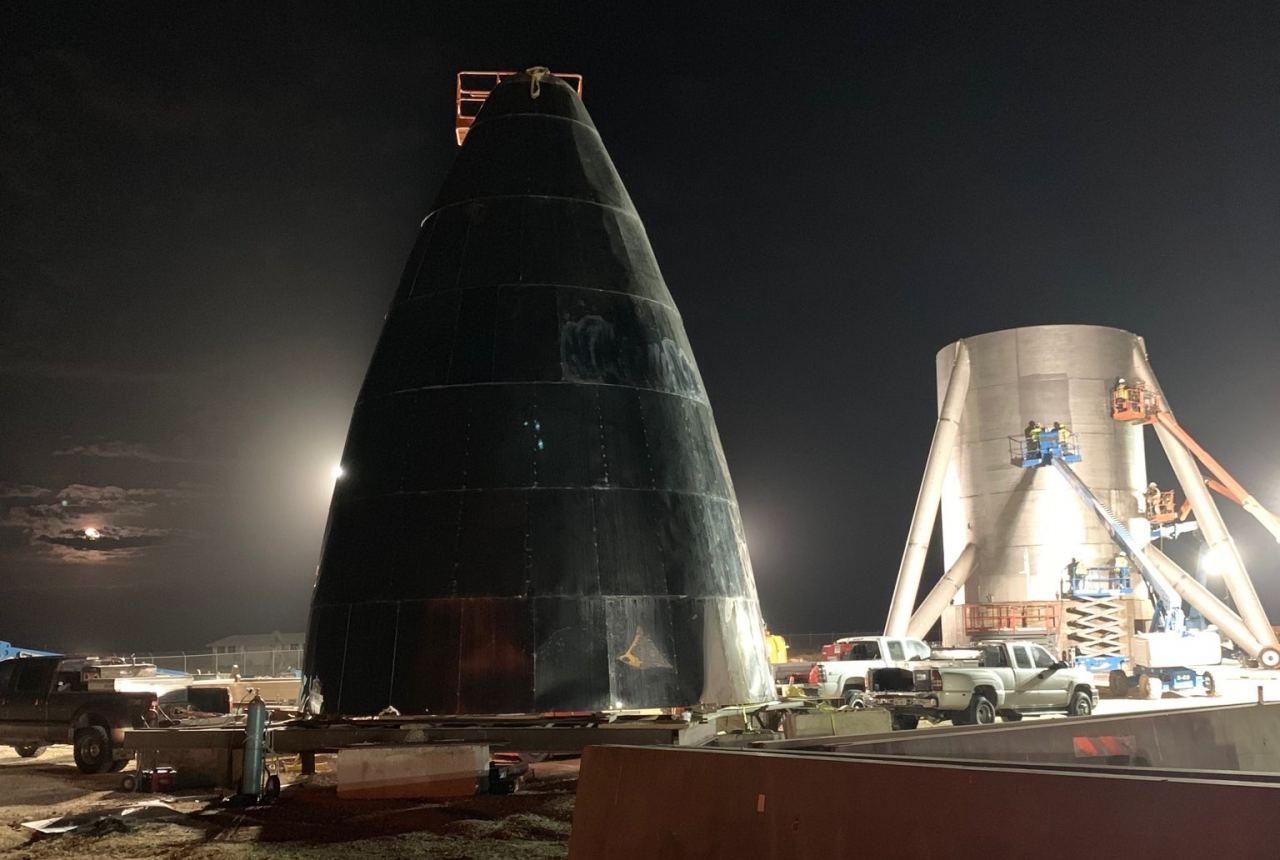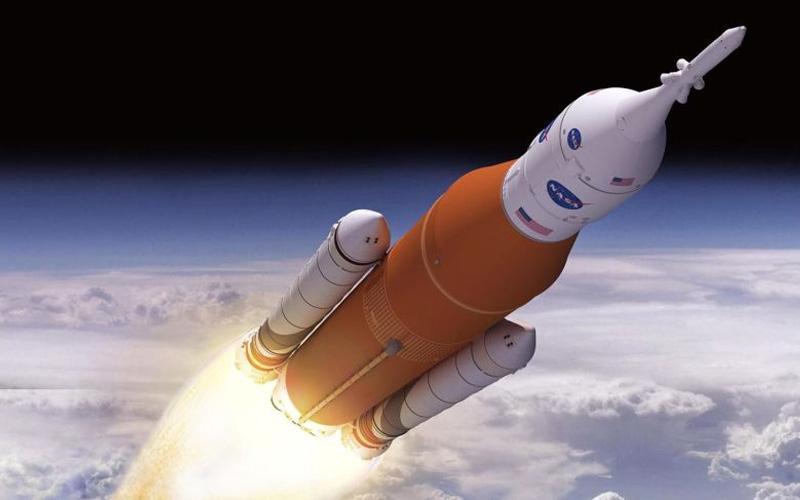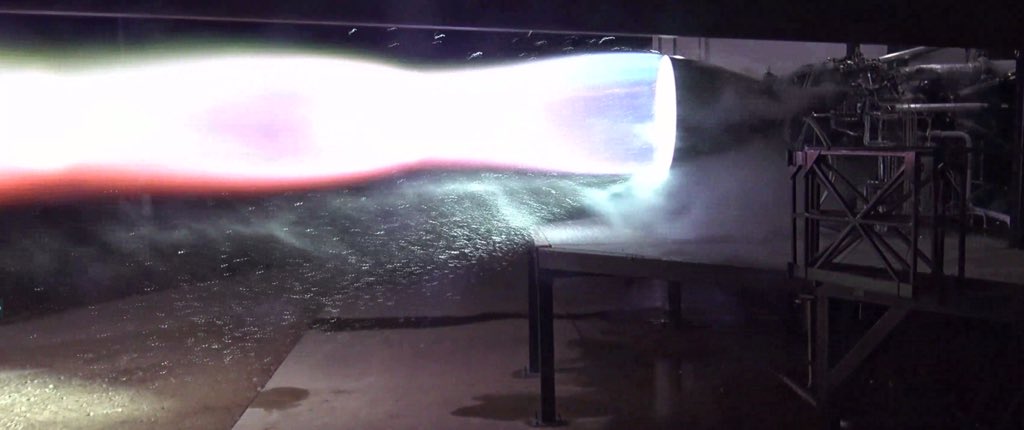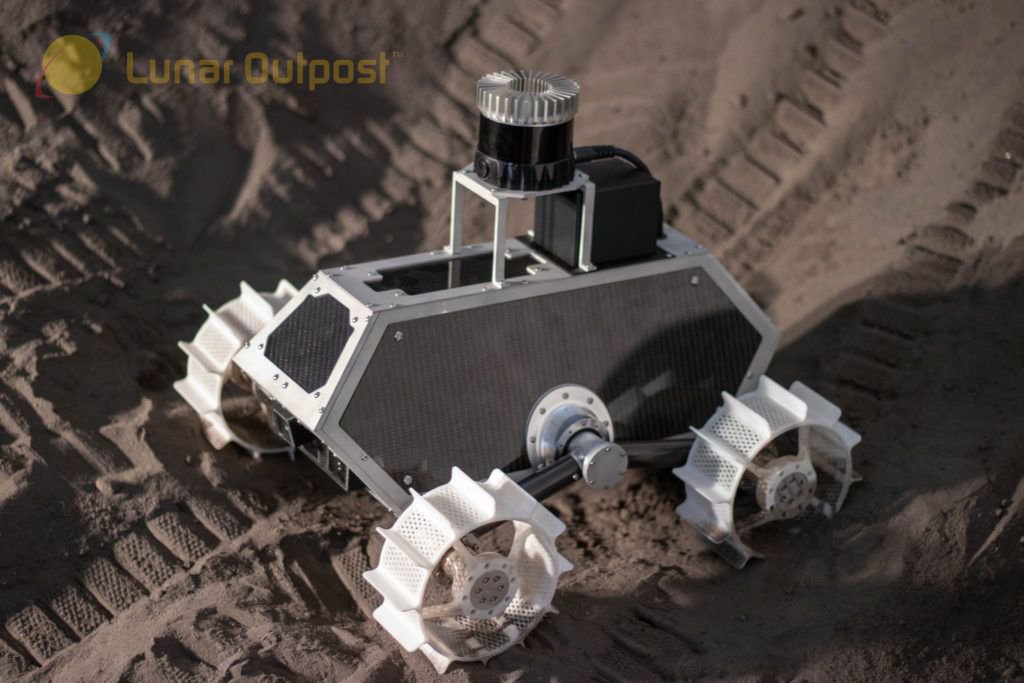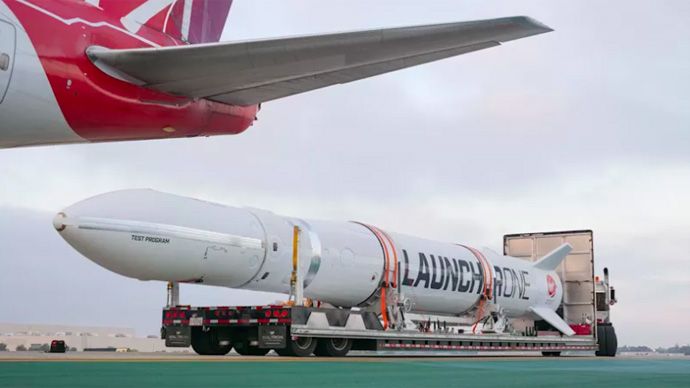SpaceX is continuing with the development of their Starship Hopper, a miniature, stainless steel version of its proposed super-heavy lift vehicle known as the Starship. Most recently, test were conducted on the revolutionary heat shield that will protect the Hopper once it reenters Earth’s atmosphere, and a new rendering was released that showed the final version entering the atmospheres of Earth and Mars.
Another recent development has to do with the first scheduled test of the miniature Starship, which began in earnest last week. Unfortunately, there has been a bit of a delay due to some technical issues with the cryogenic fuel tanks. As usual, Musk made the announcement via twitter in response to questions about when the much-anticipated flight test will happen, which has been delayed multiple times now.
Continue reading “Starhopper Tests Have Gotten Delayed Because of “Ice Formation in the Cryogenic Propellant Prevalves””


